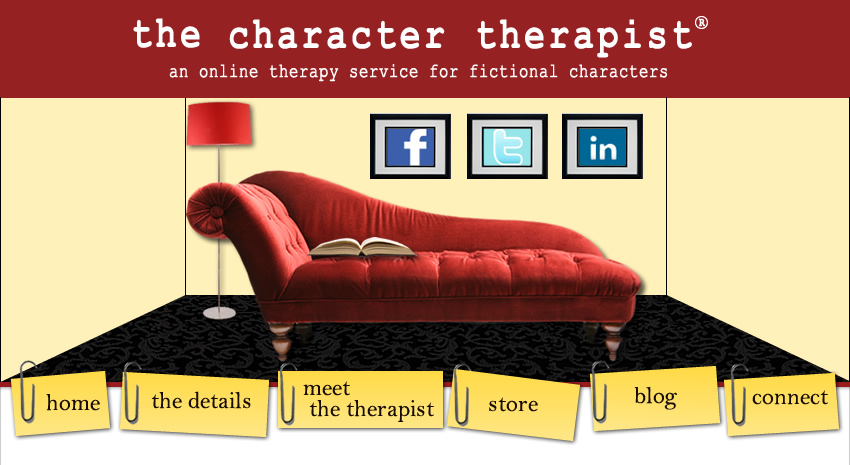I read an incredible article this week, courtesy of my Writer's Digest newsletter and author Steven James (The Pawn, The Rook, The Knight, The Bishop, and most recently, The Queen). I'd like to summarize it below, but for those who want the full monty, click here. His article is psychology sound...and since I personally think James' suspense books are amazing, we could all stand to read his suggestions of how to raise our characters above status quo.
James references acting instructor Keith Johnstone, who talks about the importance of dominance and submission, and finding a balance for your characters. James calls this tip: VARIABLE STATUS IS THE KEY TO DIMENSIONALITY.
In every social situation, one person will have or attempt to have dominance. Novelists have to show this shift through dialogue, posture, pauses, communication patterns, body language, inner dialogue, and action. James goes on to give examples of various status ques, such as lack of eye contact indicating submissiveness and stillness and control indicating dominance.
Status can vary according to three things: relationship (parent over a child), position (boss over an employee), and situation (anytime a character is out of his or her element, they would be in a more submissive state). Still, a person has choices within these categories, such a child manipulating a parent and therefore having dominance over them.
The key to working status in your favor is to never let the character maintain the same status in every situation. It's just not realistic. In real life, there are relationships that we absolutely have dominion over, and then there are those we don't, such as a business man who exudes confidence in the board room but can't hold a candle to his Goth teen. James mentions that even Superman had his Kryptonite to overcome...so too do our heroes and heroines need a weakness or weak area that challenges them and throws in sharp contrast the areas that they excel.
James goes on to say that WORD CHOICE DETERMINES CHARACTERIZATION. We wouldn't want our hard work to go to green by choosing one wrong word to describe our character's action or manner of speech. The best way to explain this is to simply copy/paste his example below:
| 1. Adrian drew the blade across Sylvia’s arm. She shrieked and begged him to stop. 2. Adrian drew the blade across Sylvia’s arm. She clenched her teeth, refused to give him the satisfaction of seeing her cry. Rather than appearing victimized, she has become heroic. Your protagonist must never act in a way that lowers her status below that of the antagonist. |
That last line is the gold nugget takeaway, so I hope you had your mining hats on today! There was more to the article, so I encourage you to read the whole thing, but these two points struck home with me.
Q4U: What are some of your favorite ways to show dominance for a character? Do you have them make a particular gesture, make their speech measured and controlled?









7 comments:
This is excellent. Thank you so much!
Great article --thanks for bringing it to our attention!
Jeannie, I read that article in the Writers Digest newsletter this morning and tweeted the link. The information on character status is great. I learned a lot and will be putting it to use in my stories.
I appreciate you telling us that James's take on things is psychologically sound. Makes me even more eager to put his teachings to use.
Oh I love that I've found this site! Jeff King (Author's Union) featured you in his post today and I'm so lad he did.
I am starting a new book this month and the characters are very complicated, much more so than my last book. Your site should help immensely! So I'm a new follower and will be hanging out here quite a bit, I think!
Wow, I don't think I ever thought about scenes from the perspective of dominance. Thanks for sharing this. Great stuff! I'm off to read the full article.
This is such a simple and direct way to add depth to characters and scenes. I think if, in a romance, the dominance and submission is shared between hero and heroine, then it not only adds character and story dimension but also sexual tension. This post was a teaser. :-) I'm off to read the full article now. Thanks for posting it!
Great article.
I love exploring elements of chartcher relationships and situations in my writings. Like making a tough man beg, wise man act foolish (and my personal favorite) have a stoner burnout give a history lesson. Multi dimensions are what makes chartchers, not just names.
Post a Comment
Both comments and questions are welcome. I hope you enjoyed your time on the couch today.